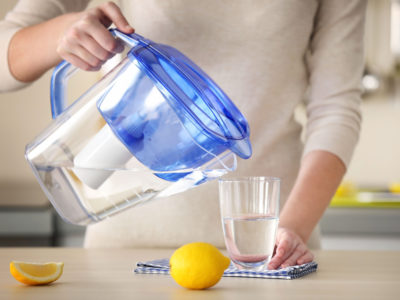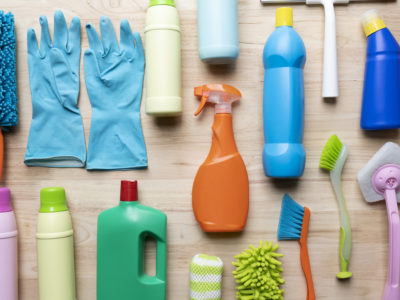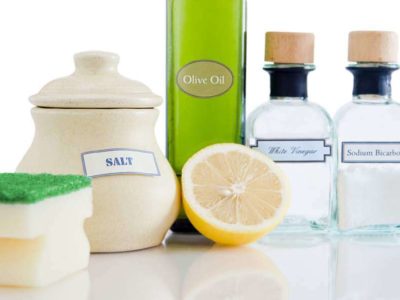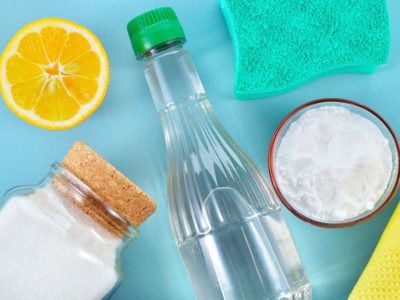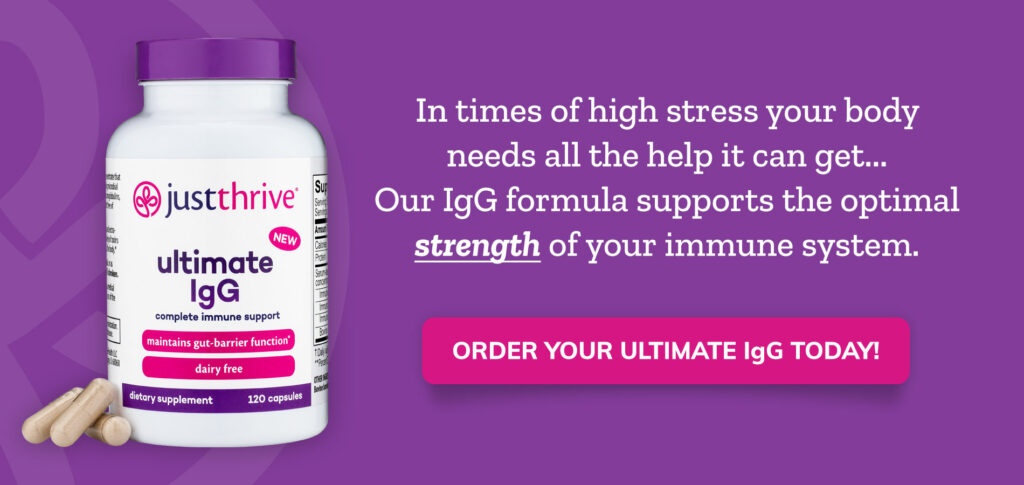Table of Contents[Hide][Show]
1. Assess Radon Levels
One underrated house cleaning tips is checking for radon. Radon is a naturally occurring radioactive element that can get inside buildings and homes through gaps and cracks.
High levels of it can increase the risks of lung cancer. In fact, it’s the second leading cause of the disease after cigarette smoking.
A temporary solution is to open windows. This can improve ventilation and allow radon to exit the home.
The best option is to buy a radon testing kit, which you then send to a lab. When your radon levels are high, ask a licensed and expert contractor to fix your home.
2. Place and Grow Plants Around the House
One of the pretty ways to detox your home is to add plants inside and outside your home. How do they do it?
If you can recall in your science class, plants undergo a process called photosynthesis. It allows plants to manufacture their food.
One of the components of the process is carbon dioxide, which humans exhale along with other toxins. In exchange, plants absorb the toxins, leaving behind cleaner air!
In other words, plants can act as natural air purifiers! This is timely as indoor air quality has been declining over the past years.
Related
How to Improve the Air Quality in Your Home
Learn how to improve the air quality in your home through fresh air, green cleaning, reducing toxins, and more, plus how to detox your body from air pollution.
3. Declutter the Pantry and the Fridge
Wouldn’t it be great if you can also detox yourself? Always declutter your fridge and pantry.
Remove unhealthy or expired foods. These include:
- Processed foods
- Things already beyond their use-by date
- Leftover food past its prime
- Bottled and packed condiments high in sodium or sugar
You don’t need to throw all of them into the trash. Some food scraps can become composts for your plants, for example.
You can donate processed foods such as bottled or packed condiments, as well as canned goods, to your neighbors or local food bank.
In turn, you can fill the space with whole foods and supplements. For example, instead of sugary cereals for breakfast, make a smoothie with plenty of greens.
4. Use Filters in Your Shower and Faucets
Water can contain substances that may be harmful to the body in the long run. These can include:
- Lead
- Bacteria
- Chlorine
- Pesticides
- Heavy metals
If you have hard water, deposits such as calcium can lead to premature damage to your appliances such as washing machines and clothing.
Some filtration systems are a point of use, which means you attach them to your faucets or shower heads. Others are also more complex, covering the entire house.
Related
Water Purifiers: Are They Necessary?
Discover the shocking truth about the contaminants in your tap water, the risks of bottled water, and the pressing need for water purification. Uncover the pros and cons of different water purifiers to safeguard your health and the environment, while saving money on costly bottled water.
5. Decrease Dust in the Home
Don’t take dust for granted. They can carry germs that can harm you, your family, and your pets.
When cleaning the house, consider the following:
- Place a large doormat in the entryway. Position it vertically so it can catch as much dust or debris as possible.
- Encourage everyone to leave their shoes or slippers outside the house. Use a separate pair when inside the home.
- Clean your dogs after a day out.
- Use a vacuum with a high-efficiency particulate air or HEPA filter. This filter can trap minuscule particles and pathogens.
6. Create a Compost Pit
You can make house cleaning easy when you know where to throw your wastes. If you have food scraps, papers, and leaves, you can combine them to make a compost heap.
Here’s how to do it:
- Either dig a hole or buy a compost bin. For beginners, the smaller the better for a more efficient breakdown.
- At the bottom layer, place all your organic wastes.
- Layer them with a fertilizer such as horse or cow manure. You can buy these fertilizers in a garden store.
- Top the second layer with soil.
- Repeat the process until your pile reaches about a foot.
You can then use the broken down organic matter in your garden or share it with your neighbors.
7. Significantly Reduce Your Plastics
The best way to detox the home is to get rid of plastics and live a waste-free lifestyle. It’s easier said than done, though.
As a start, limit plastics at home. Plastics still take hundreds of years to decay.
Here are good ideas:
- Use paper shopping bags or reusable bags and say no to plastics from retailers.
- Buy local food.
- Exchange plastic containers for those made of glass.
- Use wooden utensils and cutlery.
- Try to eat whole foods since they don’t need cans or other containers.
- Buy in bulk.
- Avoid items with individual packaging.
- Exchange your conventional pads or tampons with menstrual cups, reusable pads, or period underwear.
8. Wash Linens, Curtains, and Pillows Regularly
It’s not only your clothes that need regular washing but so do your linens bed sheets, curtains, and pillows.
Curtains can accumulate dust and other types of debris. Bedsheets and pillows can be breeding grounds for bedbugs and house mites.
How often should you clean them?
- Wash the bed sheets once every two weeks.
- Clean your pillows once every three weeks. Replace them every five years.
- Clean your curtains once every three months or half-year.
9. Detoxify the Home by Shifting to Natural Cleaners and Beauty Products
A home can have dozens of chemicals, and you may never know they are there. Some of these have different names, but regardless of their structure, they can be harmful to the body:
- These chemicals may disrupt hormone production and the endocrine system.
- They can irritate the eyes, nose, and throat.
- They can increase the risk of respiratory diseases and allergies, especially among children.
- These chemicals can harm the skin.
- They may contribute to fertility issues.
- They may be carcinogenic or substances that increase the odds of cancer.
Today, you’ll find a lot of DIY recipes for house cleaning to try. Many of the ingredients are in your pantry or cupboard.
When you need suggestions for natural beauty products, go to the Environmental Working Group’s database.
Note: Your natural immunoglobulins (specifically immunoglobulin G or IgG) are typically very efficient at neutralizing the toxins mentioned in this blog and safely removing them from your body. But when you’re dealing with a toxin overload due to ongoing exposure, your immunoglobulins may need extra support to keep you healthy. Adding additional IgG supplies to your body is the best way to deliver that support.
10. Check for Asbestos
Asbestos used to be a popular insulation material made of silica. Because its fine fibers can penetrate the lungs and cause diseases such as mesothelioma, the United States already banned it.
If you’re living in an old home, however, especially those built from the 1930s to 1950s, it’s essential to call an expert to check for asbestos. They can also remove it for you.
11. Limit the Use of Electronics
Electronics such as mobile phones can emit electromagnetic radiation. It is a type of non-ionizing radiation, which means it is low frequency.
Studies showed conflicting and insufficient information about the harmful effects of this type of radiation. This is especially true when it comes to brain cancer risk.
This doesn’t mean they won’t have any negative health impact though and could still be a carcinogenic risk.
The electromagnetic field can even affect animals. Electronics can also emit blue light, which can lead to sleep deprivation.
Final Thoughts
This house cleaning checklist is just one of the many ways to detox a home. It’s more than enough, however, to get started creating a healthy, safe environment for your loved ones and guests.
You May Also Like…


